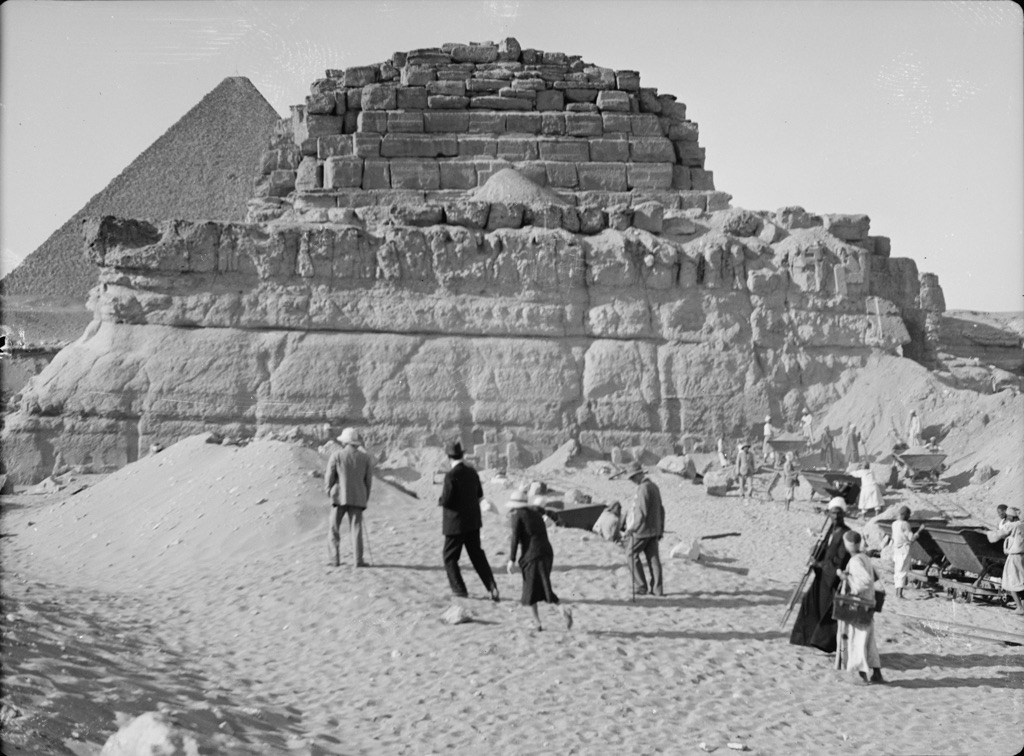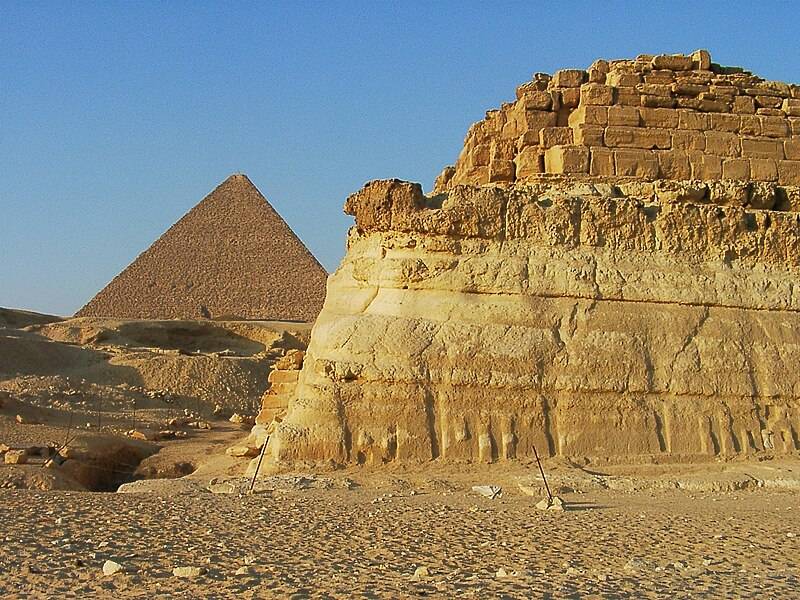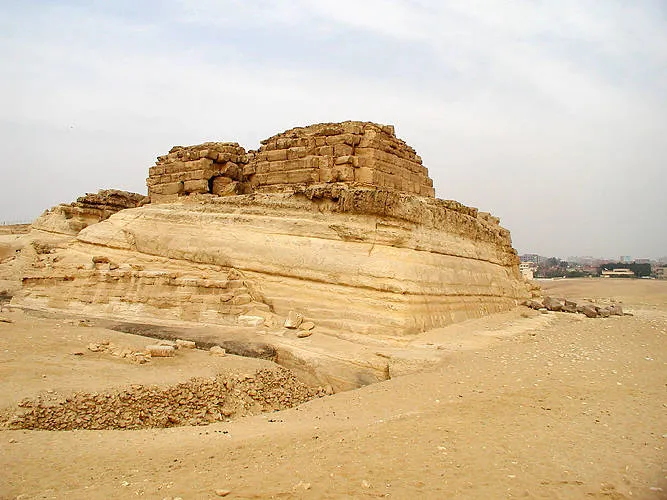The Pyramid of Khentkaus I, also known as the Pyramid of Queen Khentkaus, is a unique archaeological site in Egypt. It lies near the famous pyramids of Giza and is thought to belong to Khentkaus I, who may have been a queen or possibly a pharaoh during the Fourth Dynasty of the Old Kingdom. This structure has intrigued historians and archaeologists for years due to its distinctive features and the mystery surrounding the true role of its occupant.
Get your dose of History via Email
Historical Background of the Pyramid of Khentkaus I
The Pyramid of Khentkaus I was discovered in the early 20th century by Czech archaeologist Jaroslav Černý. The discovery was significant, as it shed light on a lesser-known period of Egyptian history. The pyramid is believed to have been built by the ancient Egyptians, specifically for Queen Khentkaus I. She was possibly the wife of Pharaoh Menkaure or mother of Pharaoh Shepseskaf, though her exact relationship to these pharaohs is still debated.
The site has not been continuously inhabited since its construction, but it has been the focus of various archaeological studies over the years. The pyramid complex includes a town for workers, indicating the importance of the site during its construction. While not the scene of any known historically important events, the pyramid itself is significant for what it reveals about the era’s funerary practices and the status of women in power.

The construction of the pyramid is attributed to the Fourth Dynasty, a time when pyramid building was at its zenith. However, the exact date of its construction is not known. The pyramid complex suggests that Khentkaus I held a significant position in society, possibly equal to that of a king, which is unusual for a woman of that time.
Over time, the pyramid suffered from neglect and the ravages of time. It was not until the 20th century that it received scholarly attention. The site has since been excavated and studied, providing valuable insights into the Fourth Dynasty’s social and political structures.
The Pyramid of Khentkaus I stands as a testament to the complexity of ancient Egyptian society and the roles women could play within it. Its discovery and subsequent studies have helped to fill in gaps in the historical record of Egypt’s Old Kingdom.
About the Pyramid of Khentkaus I
The Pyramid of Khentkaus I is located in Giza, near the Great Pyramids. It is part of a larger complex that includes a mortuary temple, a valley temple, and a causeway. The pyramid itself is smaller than the Great Pyramids and has a unique rectangular base, unlike the square bases of the other pyramids.
The pyramid was constructed using limestone, a common building material for Egyptian pyramids. The methods of construction likely involved a large workforce and the use of ramps to move the heavy stone blocks into place. The architectural highlights of the pyramid include its flat-topped design, which differs from the pointed peaks of the nearby pyramids.
The interior of the pyramid features a burial chamber, which would have housed the sarcophagus of Khentkaus I. The chamber is accessible through a descending passageway, a feature common in pyramid design. The complex also includes subsidiary pyramids, which may have been intended for the burials of other family members or officials.

The construction of the pyramid reflects the high status of its occupant. The presence of a pyramid complex suggests that Khentkaus I was an important figure, possibly with royal authority. The architectural elements of the complex align with the traditions of the Old Kingdom, indicating a continuation of cultural practices.
The Pyramid of Khentkaus I is an important piece of ancient Egyptian architecture. It provides insight into the construction techniques and funerary practices of the time. The pyramid’s unique features make it a subject of interest for both tourists and scholars.
Theories and Interpretations
Several theories exist about the Pyramid of Khentkaus I. Some suggest that she was a regent or even a pharaoh in her own right. This theory is supported by inscriptions that refer to her with titles typically reserved for kings.
The purpose of the pyramid is believed to be funerary, serving as the final resting place for Khentkaus I. However, the unique design has led some to speculate about other potential uses or symbolic meanings. The flat-topped shape, in particular, is unusual and has been interpreted in various ways.
Mysteries surround the pyramid, such as the exact nature of Khentkaus I’s rule and her relationship to the pharaohs of her time. The inscriptions and artifacts found within the complex have been matched to historical records, but some gaps in knowledge remain.
Dating of the pyramid has been carried out using various methods, including carbon dating of organic materials found within the complex. These studies have helped to place the construction of the pyramid within the timeline of the Fourth Dynasty.
The Pyramid of Khentkaus I continues to be a subject of research and debate. As new discoveries are made, interpretations of the site may evolve, providing a deeper understanding of this period in Egyptian history.
At a glance
Country: Egypt
Civilization: Ancient Egyptian
Age: Fourth Dynasty, Old Kingdom (approximately 2613–2494 BC)
Conclusion and Sources
The information in this article has been obtained from reputable sources, including:

